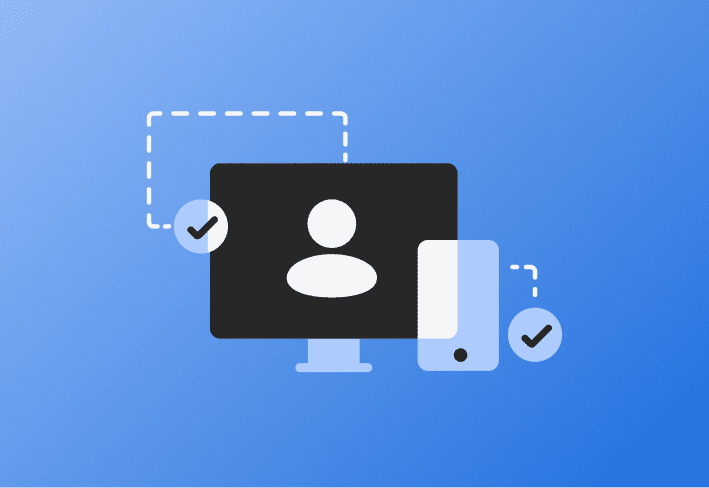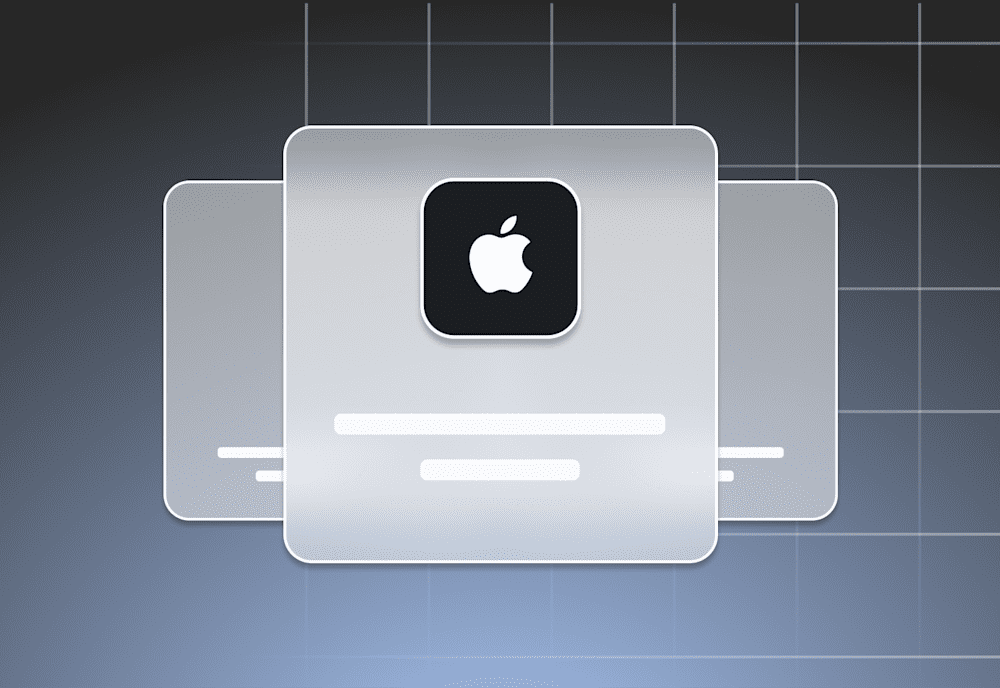Migrating users from Windows to Mac
Some IT pros are hired for hybrid fleets, some achieve hybrid fleets, and some have hybrid fleets thrust upon them. If you've got a stubborn end user who's demanding to migrate from Windows to Mac, all is not lost. Our guide to migrating users from Windows to Mac walks you through every step of the process.
The PC vs. Mac debate is one of the most hotly contested battles in all of IT. Many strongly prefer one over the other, but there is a fate far more feared than working with your less-favored type of computer — managing both PCs and Macs in the same environment.
Luckily, Macs can have lower support costs, and they could demand less attention from the IT team. While they have higher initial price tags, they also tend to have longer shelf lives. However, hybrid PC and Mac environments still present unique challenges. While this may make management more difficult, the right approach can help. We’ll explain what you should know about these unique environments and how to maintain them.
First time supporting Macs in your fleet? Learn how to best monitor and support Mac performance with our helpful guide. |
|---|
Common concerns when managing a hybrid PC & Mac environment
It’s only natural to approach a Mac/PC hybrid team with some trepidation. After all, it’s essentially like managing two environments rolled into one. This carries a few major concerns.
Standardization: Making your systems and processes compatible can streamline operations and simplify collaboration. Unfortunately, standardizing PCs and Macs is a bit more complicated. While using programs compatible with both operating systems can help, your standardization is unlikely to be completely seamless.
Rolling out the Group Policy: Active Directory (AD) allows the application of Group Policy Objects (GPOs) to Windows systems, but it doesn’t work for Macs. Instead, administrators must use an equivalent for Mac, such as a mobile device management (MDM) or unified endpoint management (UEM) solution.
Auditing: Effective auditing of Windows/Mac environments requires multi-site audit tools that work on both operating systems. Though not overly difficult, this can complicate the process and increase the expense.
Benefits of maintaining a hybrid PC & Mac environment
Hybrid environments undoubtedly present some challenges, but they also offer a few potential benefits. Whether the advantages outweigh the drawbacks depends on your business’s needs and goals.
Job satisfaction: Allowing each team member the autonomy to use their preferred device can improve employee satisfaction and efficiency.
Security: Macs have a significantly smaller market share, making up around 15% of the market compared to PCs at over 75%. This makes Macs less of a target for cybercriminals. In addition, their UNIX backbone further enhances security. While threats still exist, having a mixed environment may reduce the likelihood of all your machines being taken out of commission by one attack.
8 tips for managing hybrid PC & Mac environments
You need to be prepared to put in a little extra effort to manage PCs and Macs in the same environment. These tips can help you stay on track.
1. Provision PCs and Macs separately
Provisioning your PCs and Macs is critical to getting them up and running. You can provision PCs in any number of ways, including creating and deploying images, using a provisioning package, and leveraging Active Directory. Mac user provisioning is a little different, relying on Automated Device Enrollment (ADE). That means even if you buy your PCs and Macs at the same time, you need to set them up separately.
2. Consider the role of Active Directory
You can bind Macs to Active Directory, but it’s best to avoid it unless you want a Mad Max-style hellscape. Credentials are cached in the Keychain. When the Active Directory (AD) password changes, issues arise with printing and network shares. Expect to spend a lot of time manually deleting passwords if you choose this route.
That said, you may consider binding Macs to Active Directory anyway. Particularly if you don’t have many Macs, they use a relatively current version of macOS, and you don’t mind regular problems, binding to Active Directory may allow password policy enforcement, file sharing, and printer sharing. However, a third-party MDM solution is the better option, significantly simplifying Mac management.
3. Consider using Microsoft Endpoint Configuration Manager
If you already use Microsoft Endpoint Configuration Manager to manage PCs, you might consider manually installing it on Macs to enroll clients, deploy settings and applications, and inventory hardware. However, this requires configuring a public key infrastructure. Additionally, the features and functionality are limited.
4. Consider a cloud identity bridge
In lieu of binding Macs to Active Directory or relying on Microsoft Endpoint Configuration Manager, you might implement a third-party cloud identity bridge. This approach identifies Macs, remote PCs, and other resources that can’t be bound directly, federating to a cloud-hosted directory. In simple terms, it connects the local environment to the cloud infrastructure.
5. Update both types of machines
Since Macs have a reputation for being more secure than PCs, it can be tempting to just let them be. However, all machines need to be updated regularly in any hybrid environment. Though PCs have historically faced more attacks, Macs are not immune. For a strong security posture, every machine must be up to date.
6. Use the right solutions
High-quality, compatible solutions can be lifesavers when trying to oversee hybrid environments.
First and foremost, selecting an MDM solution simplifies the management of each Apple mobile device, including Macs, iPhones, iPads, and Apple TVs.
But beyond MDM software, other solutions can also make a big difference. Whenever possible, aim to choose options that are compatible across devices. Using the same antivirus program and collaboration software, like Microsoft Teams and Google Workspace, can provide an element of consistency across platforms.
7. Lean on the cloud
The cloud can make any hybrid work environment easier to manage. Whether “hybrid” means using PCs and Macs in the same environment or allowing remote work, cloud services and solutions can be a dream come true from an administrative perspective. If a platform is compatible with both PCs and Macs, users should be able to switch seamlessly between the two while still accessing valuable data.
8. Establish strong end-user policies
Regardless of whether you use PCs, Macs, or both, appropriate end-user policies are essential to your security posture. While it’s easy to fall into the trap of focusing on which platform is more secure, the fact remains that the biggest threat to any environment is usually its users. Policies serve as a foundation to help steer users in the right direction, but you need to do more than that. Regular training can reinforce policies and teach employees critical skills to help protect your computers.
If you’re struggling to manage Macs in your hybrid environment, SimpleMDM can take the pain out of the process. See how easy it can be with a free 30-day trial, and keep reading the SimpleMDM blog for more tips and tricks.


